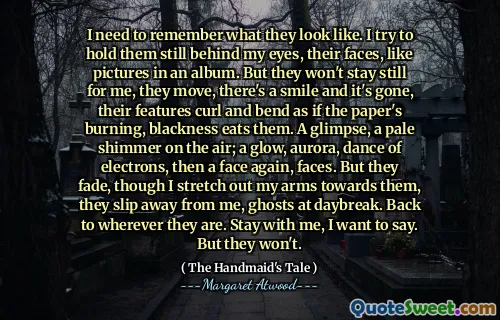The tulips along the border are redder than ever, opening, no longer wine cups but chalices; thrusting themselves up, to what end? They are, after all, empty. When they are old they turn themselves inside out, explode slowly, the petals thrown like shards.
The quote reflects the transformation of tulips from vibrant red blooms to empty vessels, symbolizing a loss of purpose and meaning. The imagery of chalices suggests a promise of abundance, yet this is contrasted by their eventual hollowness, representing a deeper existential question. Atwood's use of floral metaphors hints at the cyclical nature of life and the inevitability of decay.
As the tulips age and frustrate expectations, they reveal their inherent fragility. This transformation speaks to the themes of vulnerability and the transient beauty of existence. Atwood captures the contrast between initial vitality and the eventual decline, prompting readers to contemplate the significance of beauty in a world that often feels empty and devoid of meaning.






